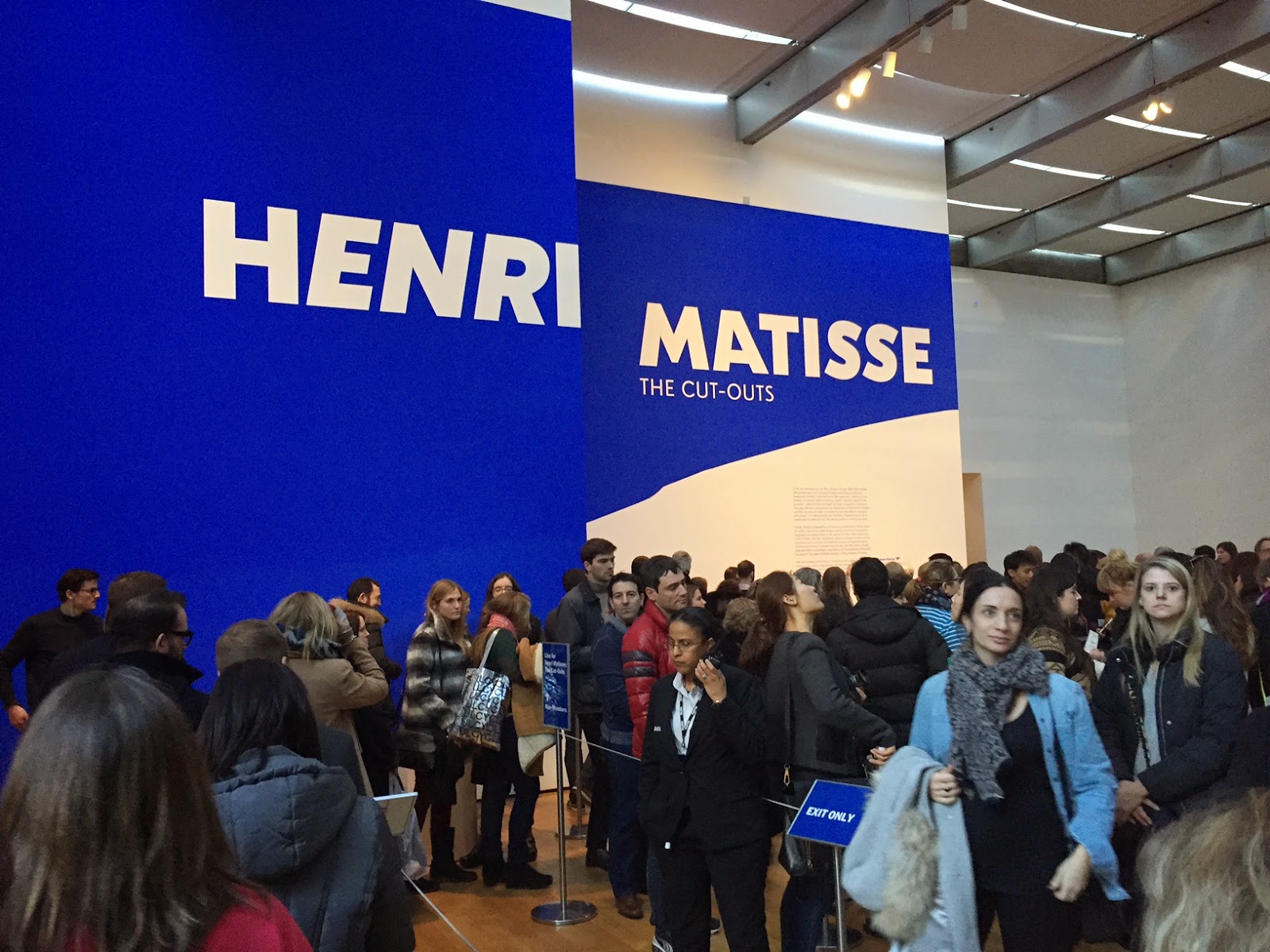It all started when, Michael Thonet a German-Austrian cabinet maker had the breakthrough idea of bending wood slats into what we now know as the Thonet Chair (also know as No. 14 chair). By creating a specific mold and means of production, Thonet opened up the way for the mass production of chairs and furniture.
Since then the marriage between designers, architects, craftsmen, and chairs has borne fruitful, if sometimes wacky, products.
The history of the chair can be traced back to ancient Egypt, where the king would be raised above the people, on a non-ergonomcly suited chair (it was about 9" above the floor, for reference our chairs are about 17"-18"above the floor). Until the 16th century sitting on a chair represented power of a leader over their people.
Only at the start of the 20th Century, chairs become more than a functional place to rest. New materials (plastic, aluminum just to name a few) which were discovered and used during the 2 world wars, allowed for unconventional forms to be manufactured. I would not be surprised if at some point the technology that goes into chair manufacturing becomes the building blocks of future buildings, and homes.
Today the amount of detail and mechanics that go into a good office chair are mind blowing. When we sit on the "wrong" chair we immediately feel uncomfortable.
Chairs in big commercials spaces can create rhythm, structure, and greatly impact a space. Using a bright color can spruce up a dated interior.
Sometimes just mixing different chair designs, is a fun way to change up a space. Chairs are a great way to provide for a methodic pause in space, not just to sit on but also to create new lines of vision or a different point of a view of a space. A chair located in the right spot can at times make THAT little extra change you are looking for in a space.
So next time you are looking into changing things a bit up in your space, just go and sit on a chair.




